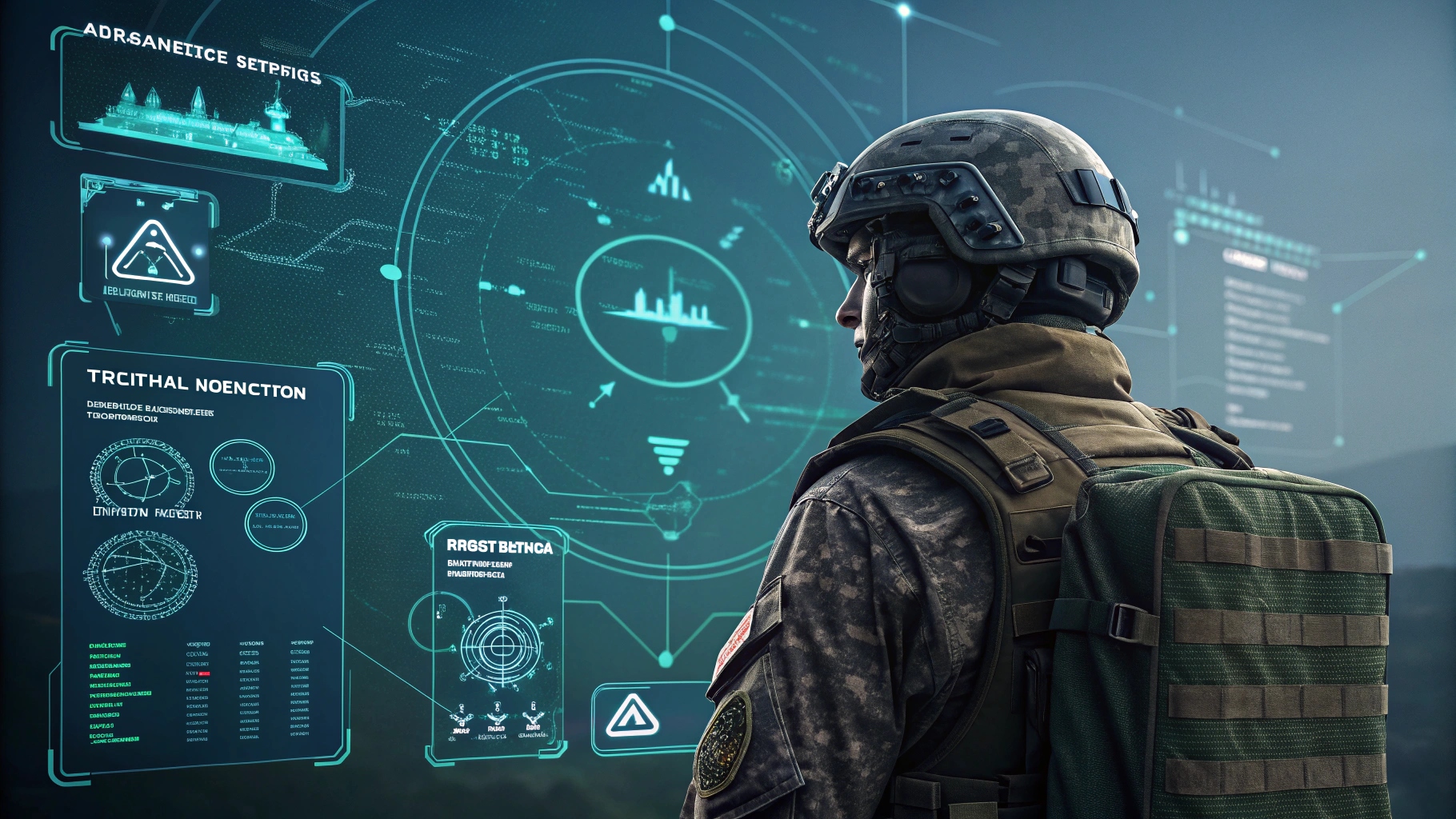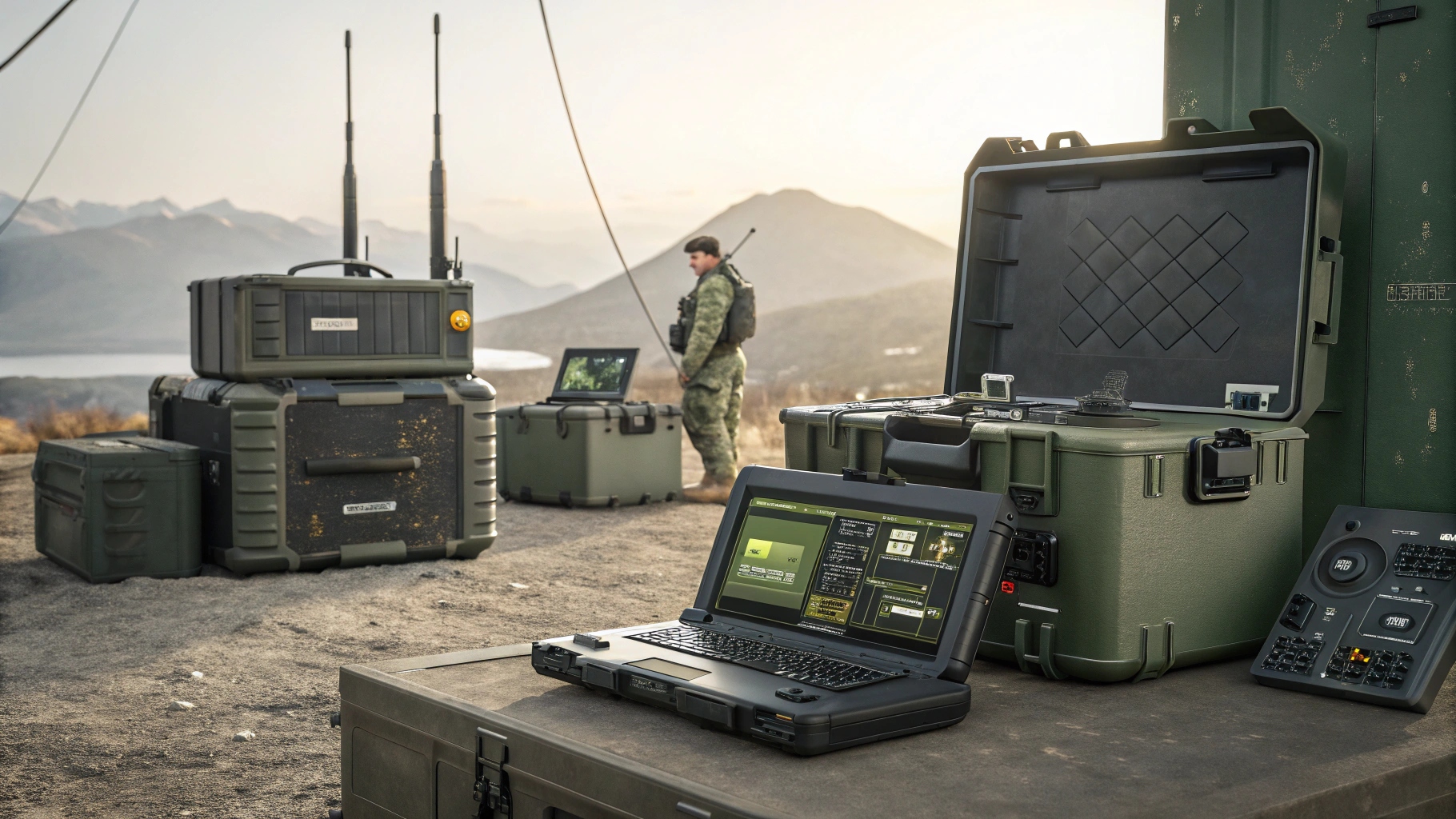
The U.S. Missile Defense Agency (MDA) is implementing a targeted software refresh to bolster the classification performance of its Upgraded Early Warning Radars (UEWR) during the midcourse phase of ballistic missile trajectories. The initiative, part of the Advanced Object Classification (AOC) program, seeks to enhance the radars’ ability to discriminate actual warheads from decoys and countermeasures — a critical shortcoming for systems confronting sophisticated adversary penetration aids. UEWR sites, deployed since the early 2000s across the continental United States, Greenland, and the United Kingdom, provide long-range detection and tracking with phased-array sensors capable of ranges measured in thousands of miles; however, their hardware alone cannot fully solve midcourse discrimination challenges. The AOC upgrades leverage advanced signal processing and machine learning algorithms to extract finer-grained features from radar returns, improving track resolution and object classification without changing existing waveforms or physically altering antenna hardware. AOC 1.0 introduced earlier software iterations across select sites and demonstrated improvements in automated sorting and track fidelity; the forthcoming AOC 1.1 aims to build on those gains with more sophisticated classification models and enhanced on-site processing to reduce operator uncertainty during the roughly 20-minute midcourse window that follows boost-phase ascent. By focusing on software, MDA hopes to iterate faster and deploy capability enhancements across the UEWR fleet at lower cost than hardware replacements would require. Operating within the Ground-Based Midcourse Defense (GMD) architecture — which pairs forward sensors with 44 interceptors in Alaska and California — the UEWR sensors feed vital cueing and track updates to interceptor systems. While GMD is designed to handle a limited number of intercontinental threats, its effectiveness can degrade against complex countermeasure sets. Improved classification from AOC can increase confidence in target discrimination and reduce the risk of wasted interceptor engagements. Nevertheless, analysts note that enhanced radar algorithms cannot fully substitute for complementary sensor diversity and boost-phase or discrimination-layer assets, but AOC 1.1 represents a pragmatic, software-centric approach to incrementally raising homeland defense capability against an evolving missile threat.



